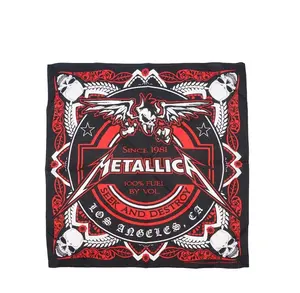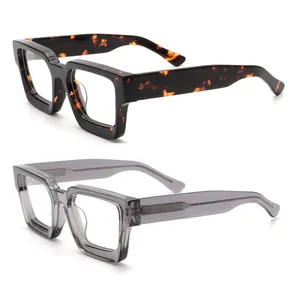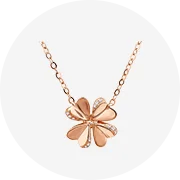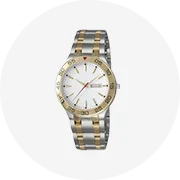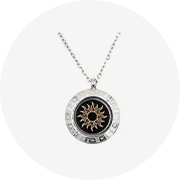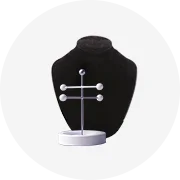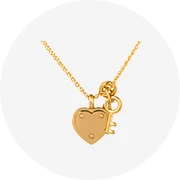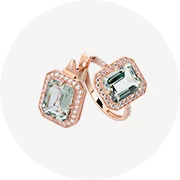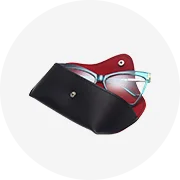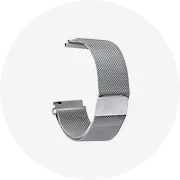Popular in your industry
































Top categories
About casing backband
Introduction
Attention to detail can dramatically transform your home's aesthetic appeal. One such detail is the use of casing backband. This versatile trim, prominent in the late 19th and early 20th centuries, adds depth and sophistication to baseboards, door and window casings. With a variety of colors, profiles, and materials available, casing backband can seamlessly blend with any architectural style, enhancing the overall design and value of your home. This comprehensive guide will delve into the historical significance, types, benefits, and installation tips for casing backband, providing you with the knowledge to revolutionize your home decor.
Understanding Casing Backband
Backband moulding, also known as backband trim or backband casing, is a type of trim typically installed alongside baseboards or door and window casings. It adds thickness to existing moulding and trim, instantly boosting the architectural interest. Essentially, a baseboard or casing with a backband is a casing with an added piece of trim to add extra thickness or visual intrigue. Back band moulding can come in various colors, profiles, and materials to match any aesthetic.
Historical Significance of Casing Backband
Casing backband molding style gained prominence during the late 19th century and continued to be a popular choice throughout the early 20th century, particularly in the construction of houses built before 1950. Wood was plentiful and cheap in those days so installing different styles of backband that fit the architecture of the home was very common. There isn’t one specific style of backhand as it was a type of molding that often fit itself to the style of home being built. Ornate profiles were commonly found on Queen Anne or Folk Victorian homes whereas simple versions could be found on the many Bungalows built in the 1920s.
Different Types of Casing Backband
There are various types of casings and back bands available, each with its unique aesthetic appeal. Over 60 popular moulding profiles are quickly available in different materials such as Poplar, Red Oak, Maple, Cherry, and Sapele (Mahogany). These profiles can be custom-made into any moulding, including casings, crowns, and bases. Whether you're trimming a basic arched opening or tackling complex architectural styles, these mouldings can accommodate the most elaborate fabrications. Every moulding profile is also available in flexible form.
Benefits of Using Casing Backband in Home Decor
Backband molding is a specific type of trim that enhances the visual appeal of your home by adding depth and dimension to the overall design. It's a simple yet effective way to transform plain or lackluster casing into something special. By adding backband to your existing casings, you can create a more detailed and high-end look. This not only enhances the aesthetic appeal of your home but also increases its value. The beauty of backband molding is that it can be incorporated into various aspects of house construction, serving both functional and aesthetic purposes.
Enhanced Aesthetic Appeal
Casing backband adds an extra layer of depth and sophistication to your home decor. It's a trim piece added to the back of door trims, enhancing their profile and creating a visually appealing 'L' shape. This decorative feature is more commonly seen in houses with some history, adding a touch of vintage charm. Backbanding can also help conform to uneven walls, making it not just aesthetically pleasing, but also practical. It's a great way to dress up plain casings, giving them a picture frame detail that significantly enhances the overall aesthetic appeal of your home.
Increased Home Value
Small details like trim and baseboards can significantly impact your home's value. If they are poorly installed or damaged, it gives an 'old and cheap' look. However, clean, sleek trim, such as casing backband, can enhance your home's value. Upgrading these elements can help sell your home faster and possibly for more money. Adding new trim work or wainscotting can make an average home look custom. A survey found that 97% of real estate professionals said that mouldings and trim affected the overall price of the home.
How to Choose the Right Casing Backband for Your Home
Choosing the right casing backband for your home can significantly enhance its aesthetic appeal. Rather than replacing existing casings, consider adding backband to create a more detailed and high-end look. There are no hard and fast rules when it comes to uses. You can install backband on the outside of the existing molding or on the inside corners for a fancier look. The style of backband should fit the architecture of your home, with ornate profiles for Queen Anne or Folk Victorian homes, and simpler versions for Bungalows.
Consider the Architectural Style of Your Home
When choosing a casing backband for your home, it's crucial to consider the architectural style of your dwelling. Backband molding style gained prominence during the late 19th and early 20th centuries, fitting itself to the style of home being built. Ornate profiles were commonly found on Queen Anne or Folk Victorian homes, while simpler versions were seen on Bungalows built in the 1920s. Therefore, the choice of backband should harmonize with your home's architectural style to maintain its historical and aesthetic integrity.
Match with Existing Decor
Backband moulding can come in various colors, profiles, and materials to match any aesthetic. It's a versatile trim type that adds thickness and visual intrigue to baseboards or door and window casings. Whether you're aiming for a classic or contemporary look, backband moulding can seamlessly blend with your existing decor. It's a seemingly minor detail that can elevate your home's design to the next level, adding a touch of sophistication and elegance.
Installation Tips and Tricks
Installing casing backband is a simple process that can be done without removing your existing trim moulding. Start by lining up the back band against your door or window frame, then measure and mark where you need to cut your miter. After cutting the back band, secure it to your existing trim with finish nails. Caulk the holes and the seam where the back band overlaps with your old moulding, let it dry, and then paint. This addition creates more dimension and a classier look to your doorways and windows.
Preparing for Installation
Before installing new casing backband, the old molding must be removed without damaging the wall or the jamb. This requires the right tools and techniques. It's also crucial to prepare a cut list for your moldings to ensure a smooth job. This list will guide you when cutting your casing, helping you achieve the perfect length every time. Additionally, understanding the concept of miter cuts, which have a short point and a long point, is essential for a successful installation. Always make your measurements to the short points for casing.
Step-by-Step Installation Guide
Installing casing backband is a simple process. First, align the back band against your existing door or window frame and mark where you need to cut your miter. Make your miter cut from that inside mark and continue cutting pieces for the top and opposite side. Secure the back band to your existing trim with finish nails. Then, caulk the holes and the seam where the back band overlaps with your old moulding. Let the caulk dry completely and paint the moulding. This process enhances the architectural interest of your doorways and windows.
Maintaining Your Casing Backband
Maintaining your casing backband involves routine cleaning to keep it in optimal condition. Remove dirt with a mild detergent, a gentle brush, and a garden hose. Avoid using a pressure washer as it can damage the wood surface. Over time, mildew and moss can grow on shaded surfaces. A mild solution of bleach and water can remove this growth. Always wash wall surfaces from the bottom upwards to prevent excessive staining. Regular maintenance ensures the longevity and aesthetic appeal of your casing backband.
Repair and Replacement
When it comes to the repair and replacement of backbands, regular maintenance is key. After prolonged use, especially in harsh conditions, the backband may require repair or replacement. It's clear that the choice of backband and its positioning can significantly impact comfort and performance, and sometimes, removal or replacement becomes necessary.
Conclusion
Casing backband is a simple yet effective way to elevate your home decor. It not only enhances the aesthetic appeal of your home but also increases its value. The choice of backband should harmonize with your home's architectural style and existing decor. Installation, although straightforward, requires careful preparation and execution. Regular maintenance, including routine cleaning and timely repair or replacement, ensures the longevity and aesthetic appeal of your casing backband. Whether you're restoring a vintage home or adding a touch of sophistication to a modern dwelling, casing backband offers a versatile solution to transform your home decor.

